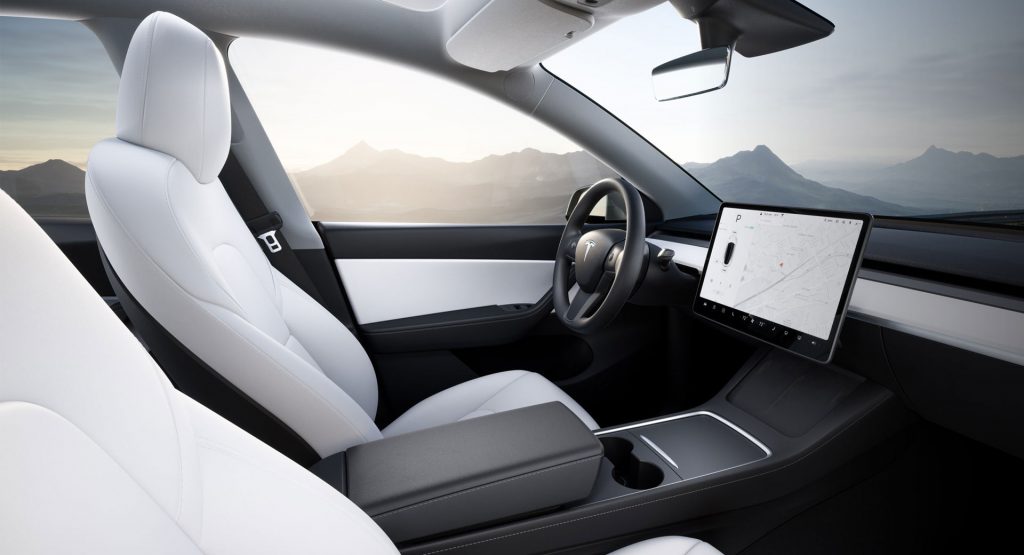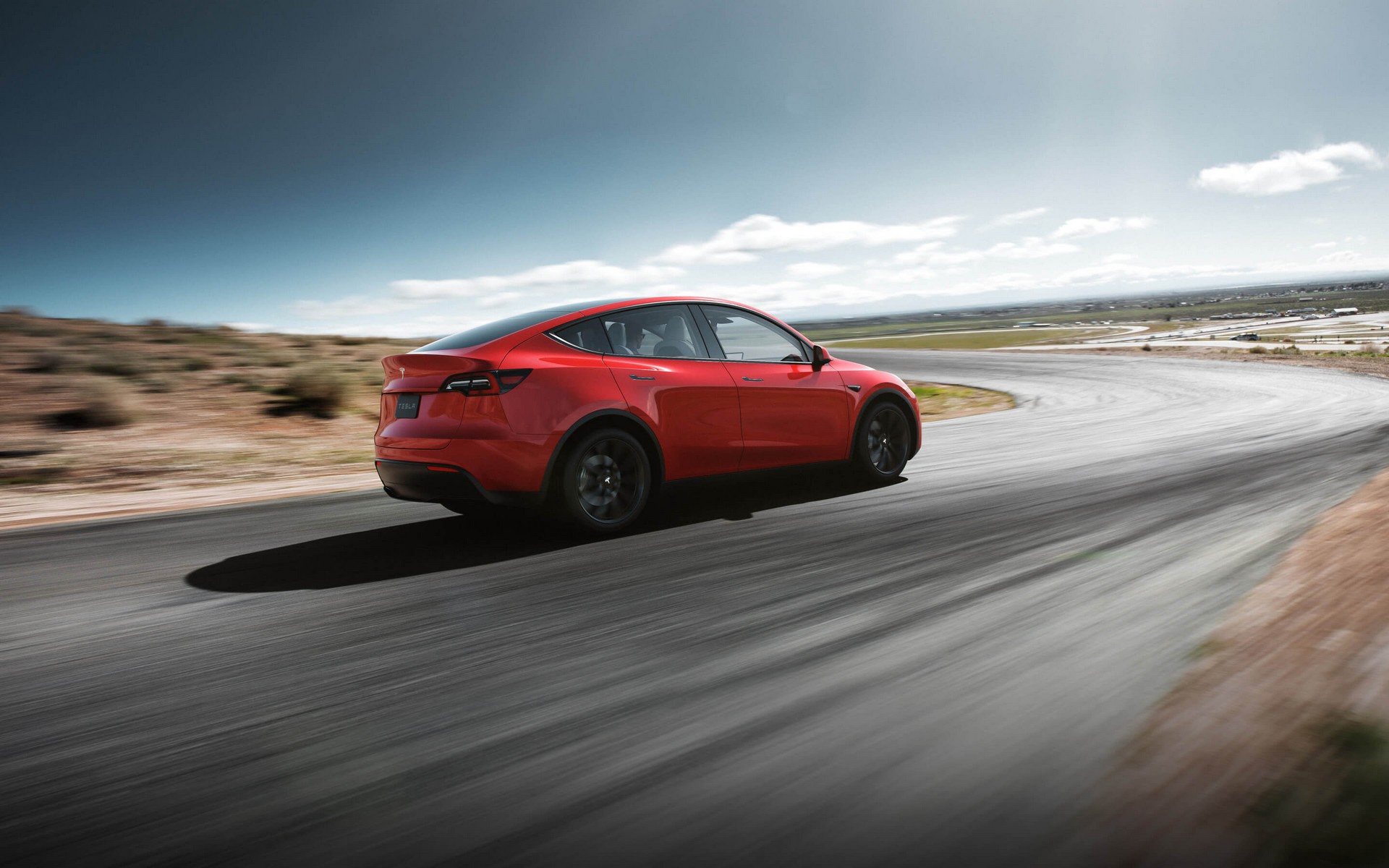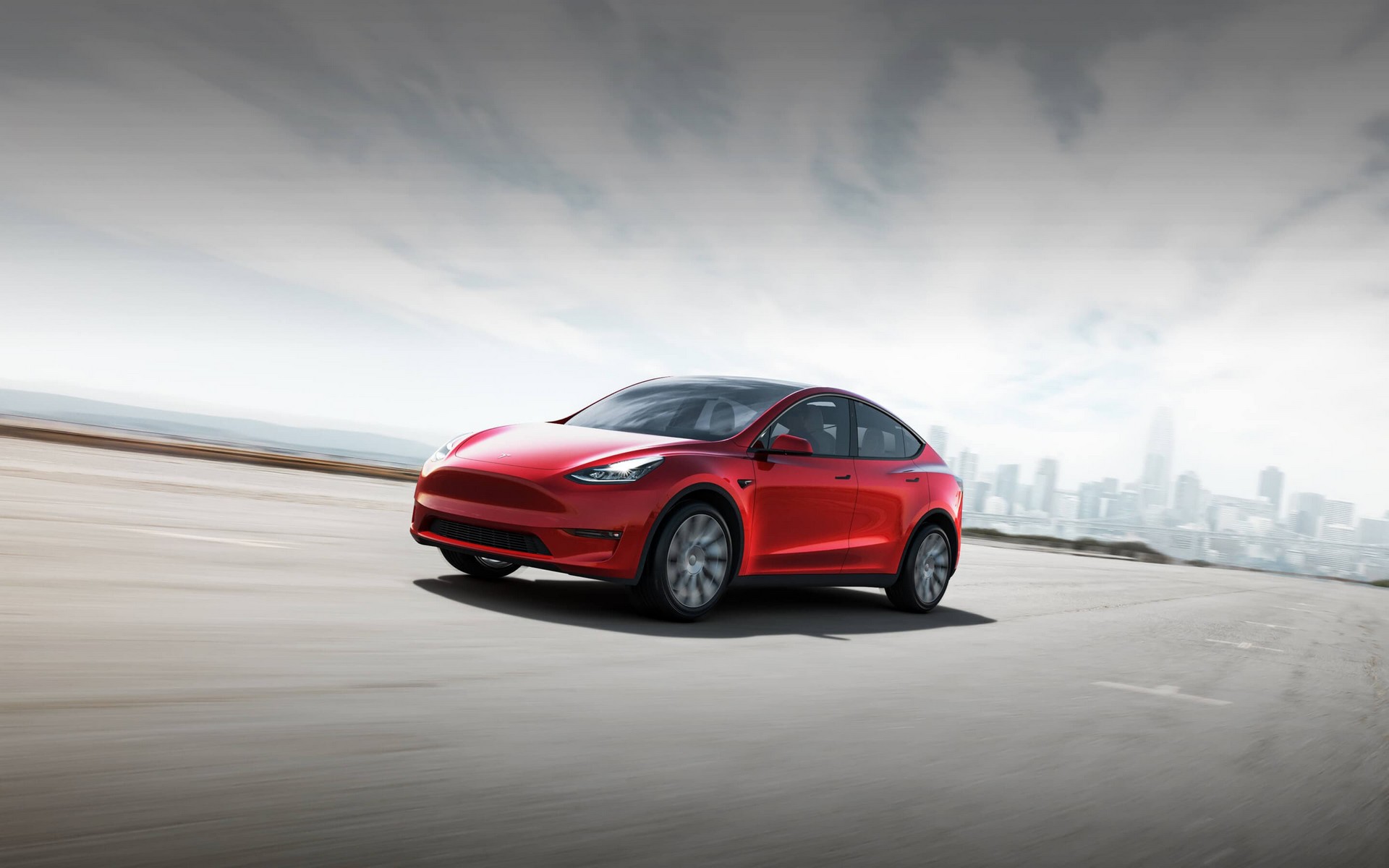Eyebrows were raised earlier this week when police in Texas suggested a Tesla Model S was involved in a fatal crash with no one behind the wheel.
While the investigation is ongoing, the nature of the incident suggested autonomous driving technology could have been involved. Elon Musk disputed this as he tweeted the car was not equipped with full-self driving and “data logs recovered so far show Autopilot was not enabled.”
Curious to see how something like this could have happened, Consumer Reports conducted a test that shows Tesla vehicles can be tricked into driving without anyone behind the wheel. The tests were conducted with a Model Y on a half-mile closed course and saw the ‘driver’ sit on top of a buckled seat belt and then engage Autopilot while the car was driving around the track.
From there, Jake Fisher, Consumer Report’s senior director of auto testing, “set the speed dial to 0, which brought the car to a complete stop. Fisher next placed a small, weighted chain on the steering wheel, to simulate the weight of a driver’s hand, and slid over into the front passenger seat without opening any of the vehicle’s doors, because that would disengage Autopilot. Using the same steering wheel dial, which controls multiple functions in addition to Autopilot’s speed, Fisher reached over and was able to accelerate the vehicle from a full stop.”
Fisher said “The car drove up and down the half-mile lane of our track, repeatedly, never noting that no one was in the driver’s seat, never noting that there was no one touching the steering wheel, never noting there was no weight on the seat.”
While the scenario is a bit extreme, Tesla owners have been known to ‘hack’ the car’s autonomous driving system in the past. In particular, there are countless videos on YouTube showing the so-called water bottle hack for the steering wheel.
Needless to say, Tesla owners shouldn’t try to replicate CR’s experiment as it’s extremely dangerous and Full-Self Driving is not a fully autonomous driving system despite the name. Even Tesla acknowledges this as they say, “Autopilot and Full Self-Driving Capability are intended for use with a fully attentive driver, who has their hands on the wheel and is prepared to take over at any moment. While these features are designed to become more capable over time, the currently enabled features do not make the vehicle autonomous.”
The test puts pressure on Tesla to monitor drivers and ensure they’re paying attention or, at the very least, sitting in the driver’s seat. Fisher noted this as he said, “Tesla is falling behind other automakers like GM and Ford that, on models with advanced driver assist systems, use technology to make sure the driver is looking at the road.” He’s referring to GM’s Super Cruise and Ford’s BlueCruise which allow for hands-free driving, but use cameras to ensure drivers are paying attention to the road ahead.







